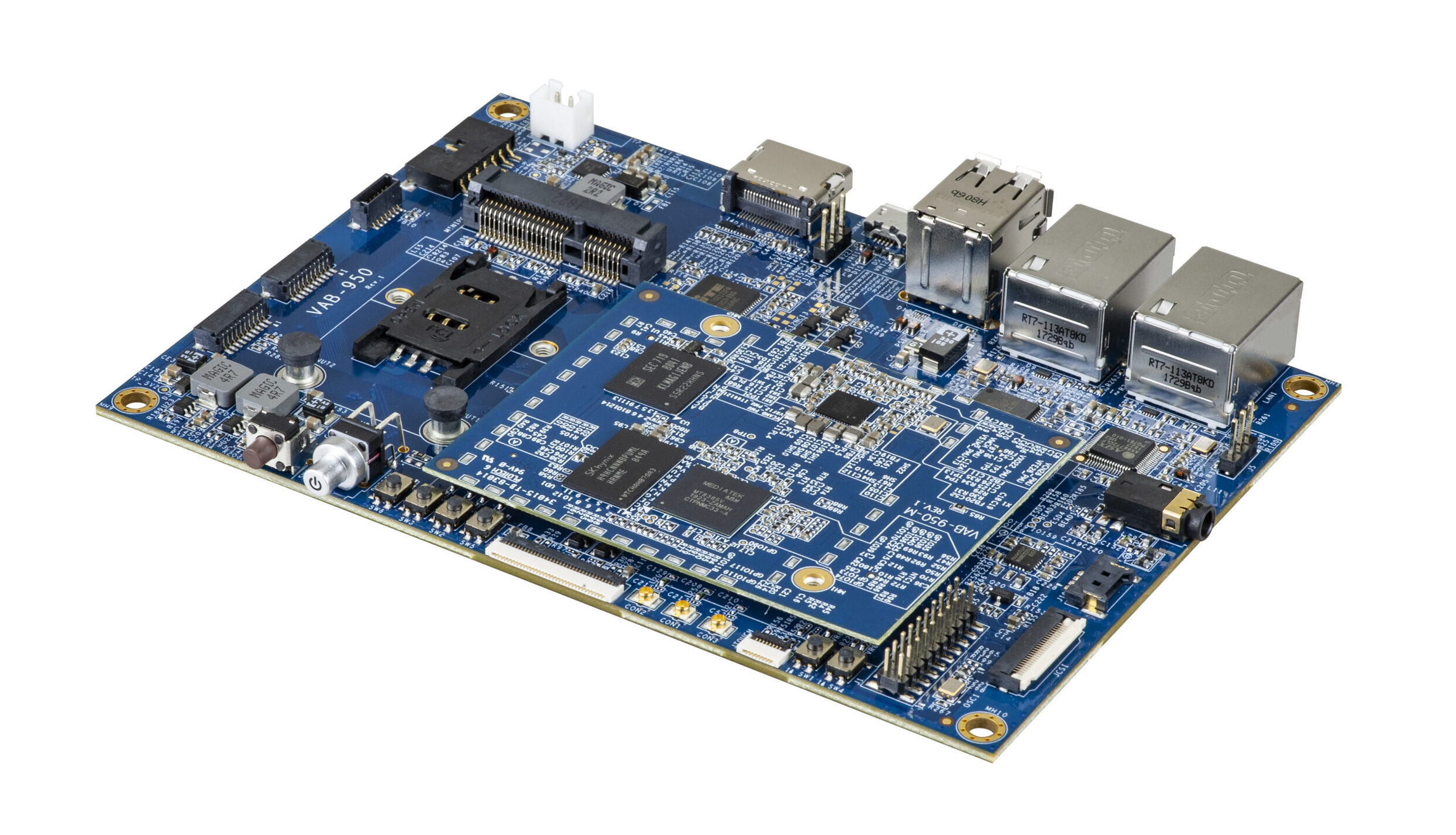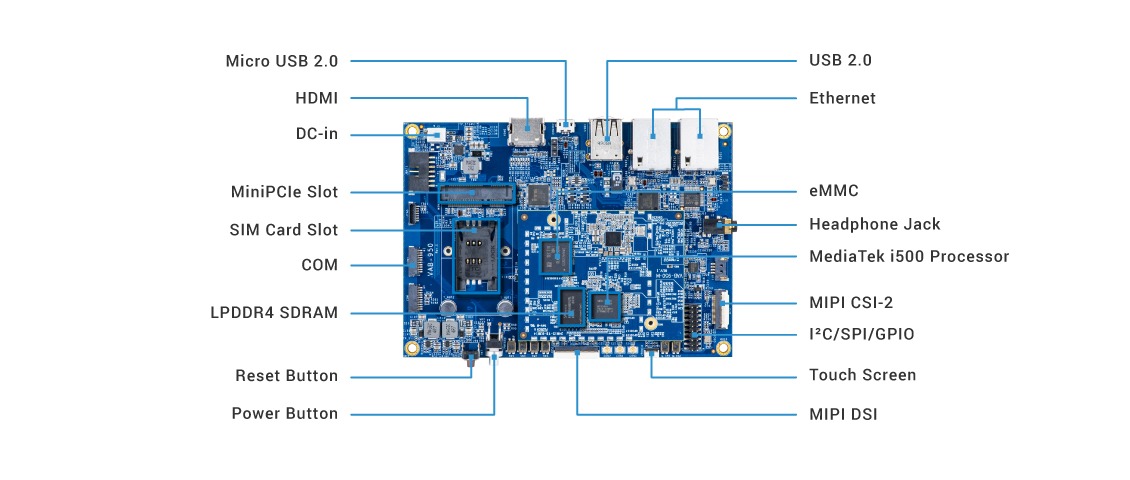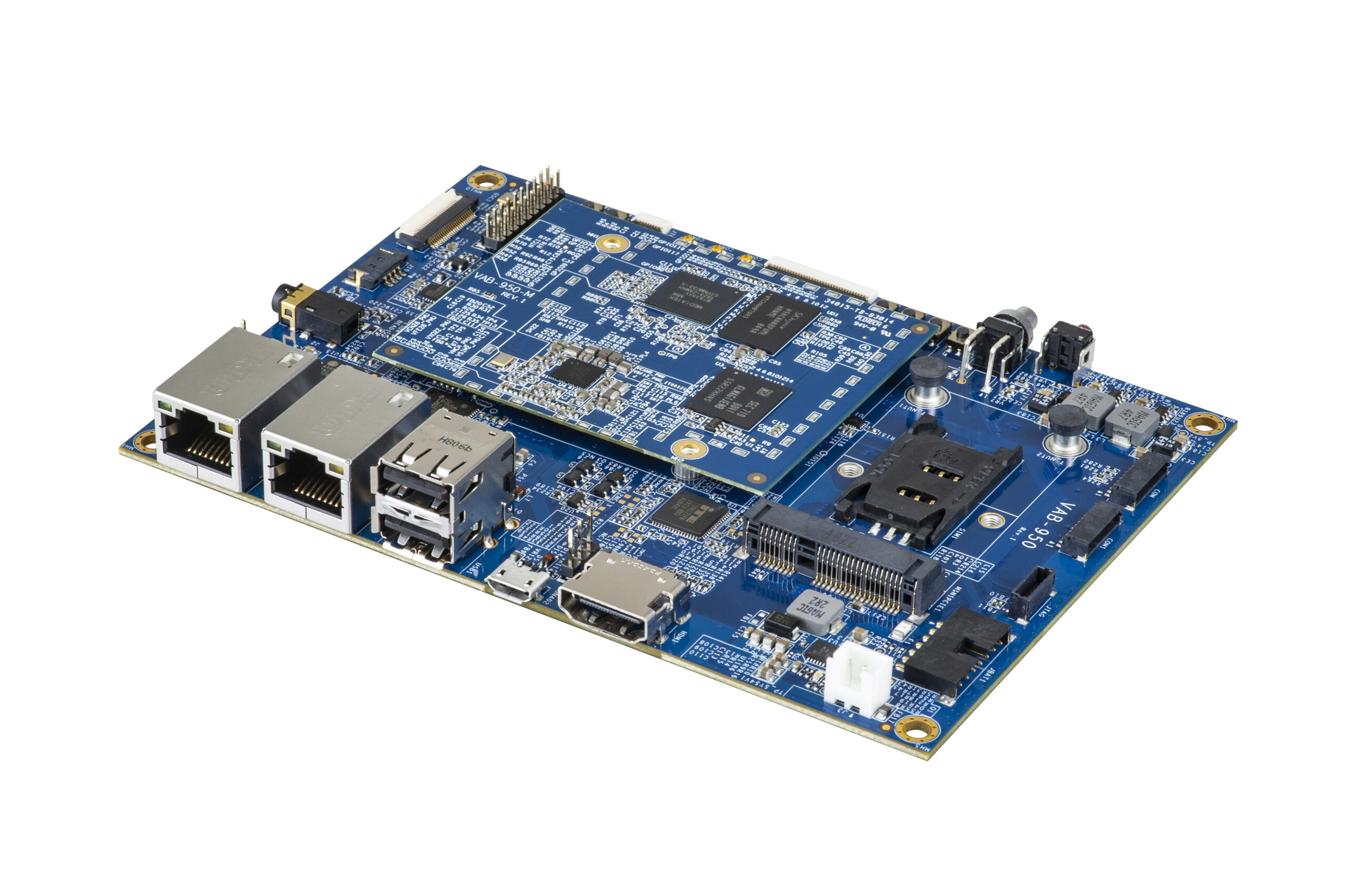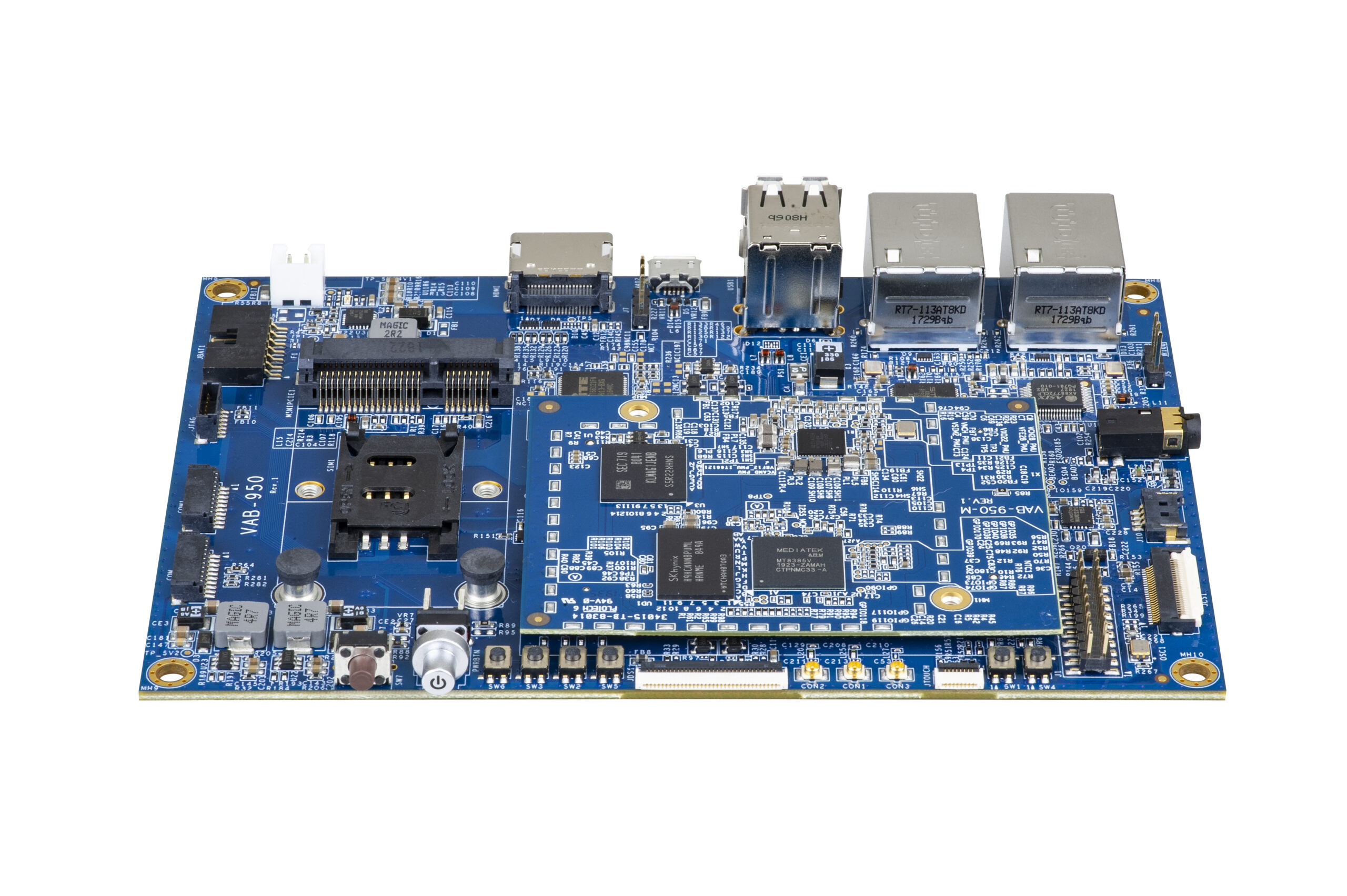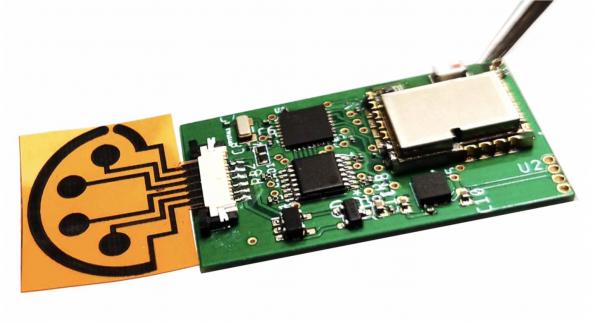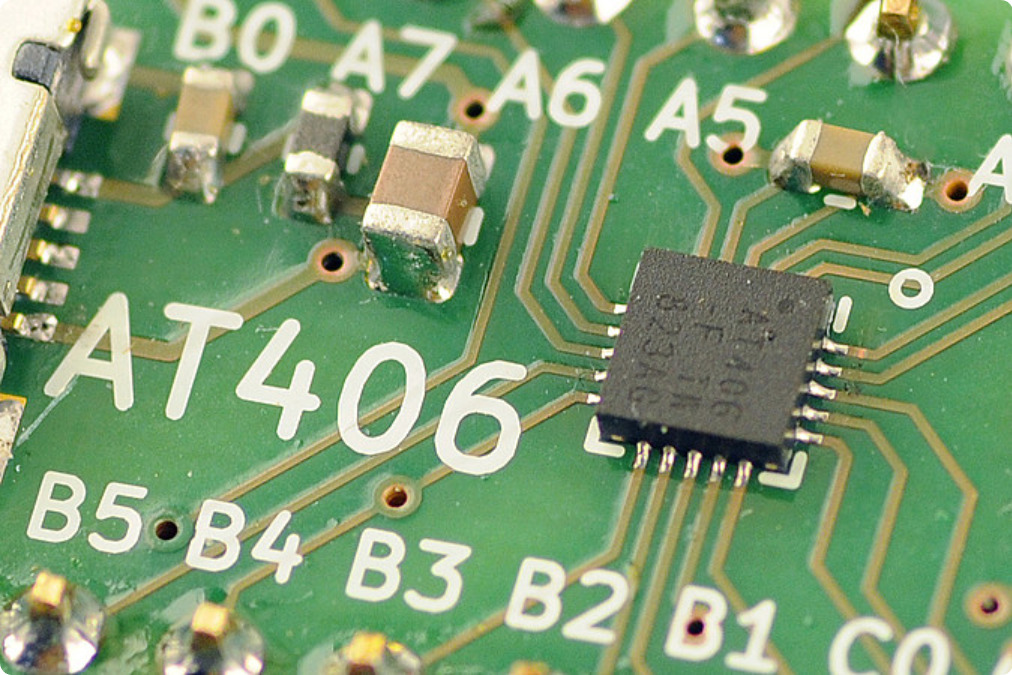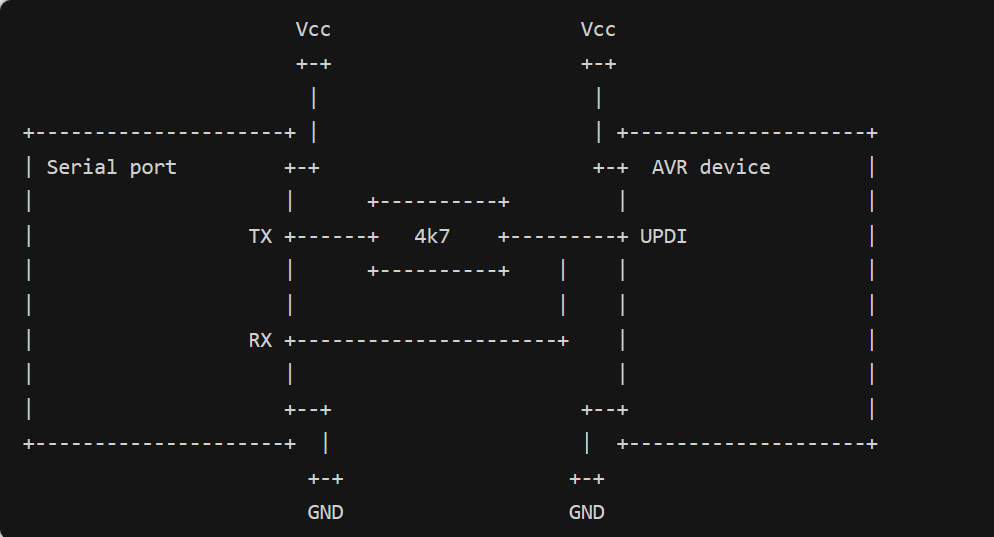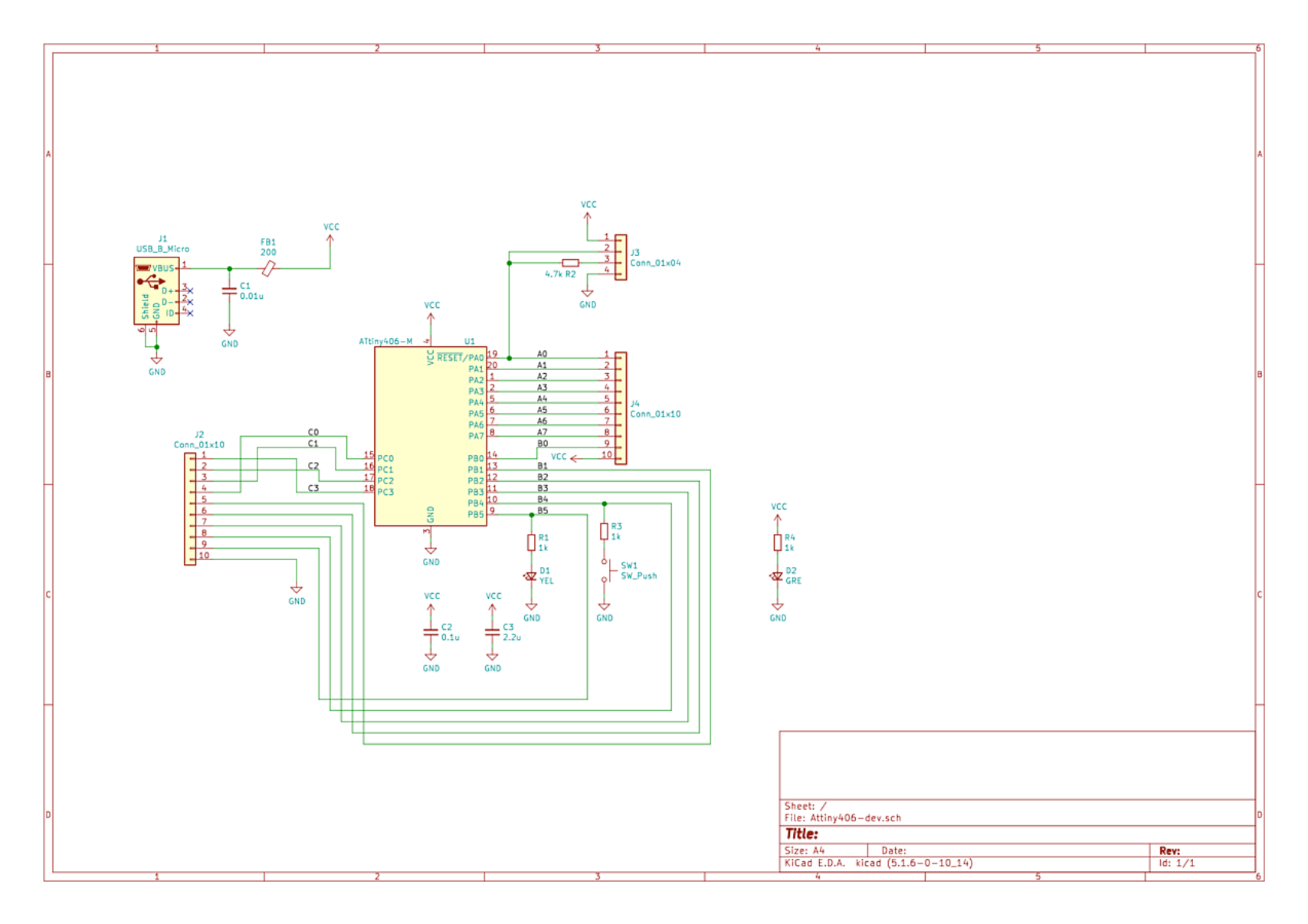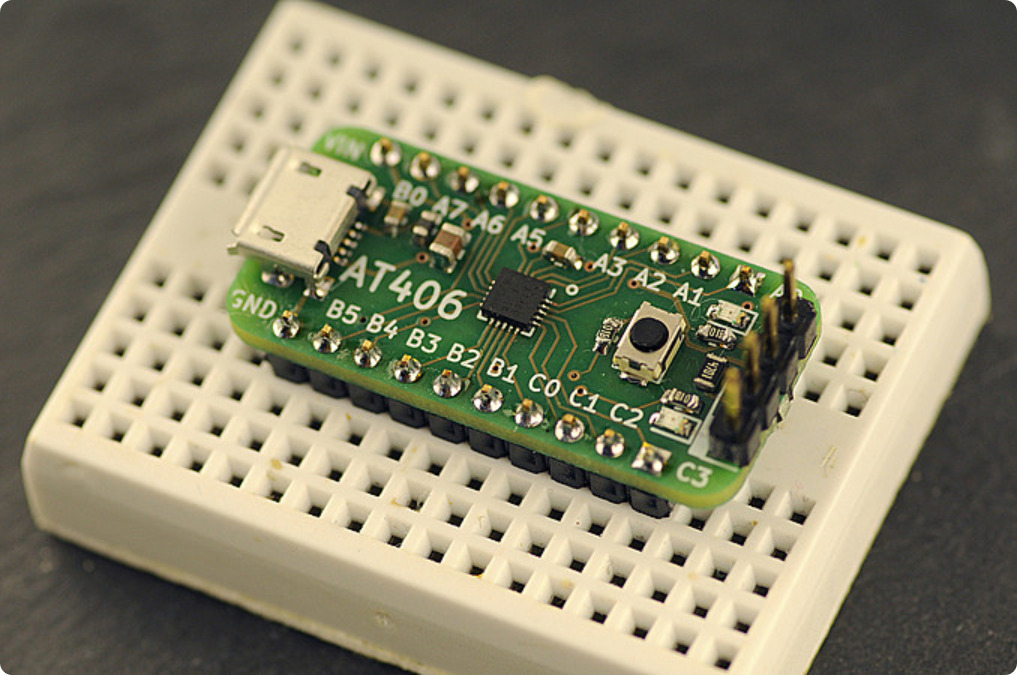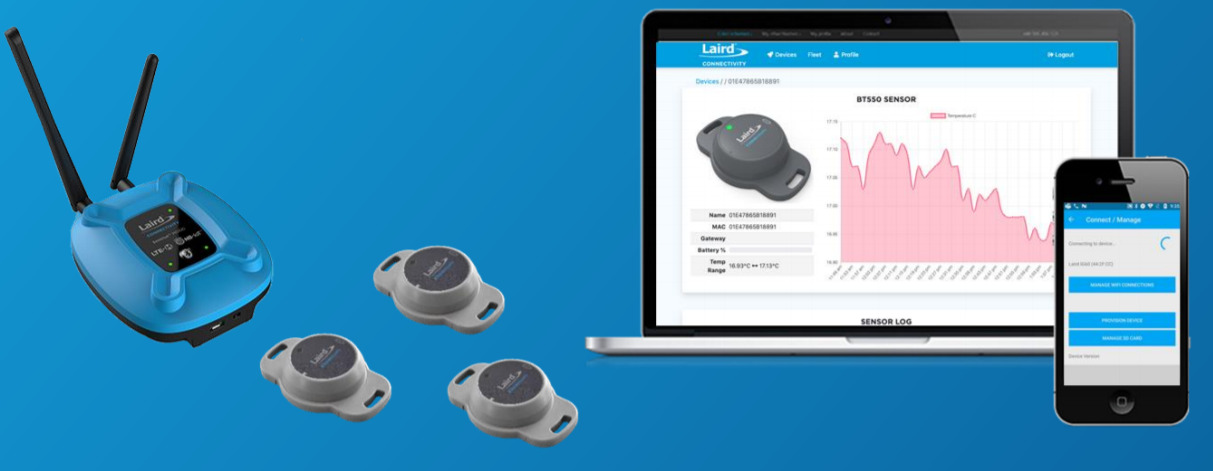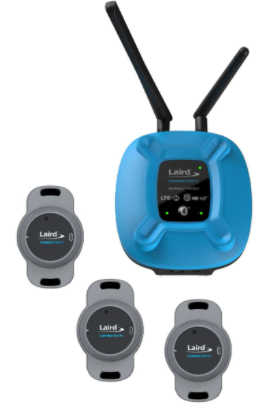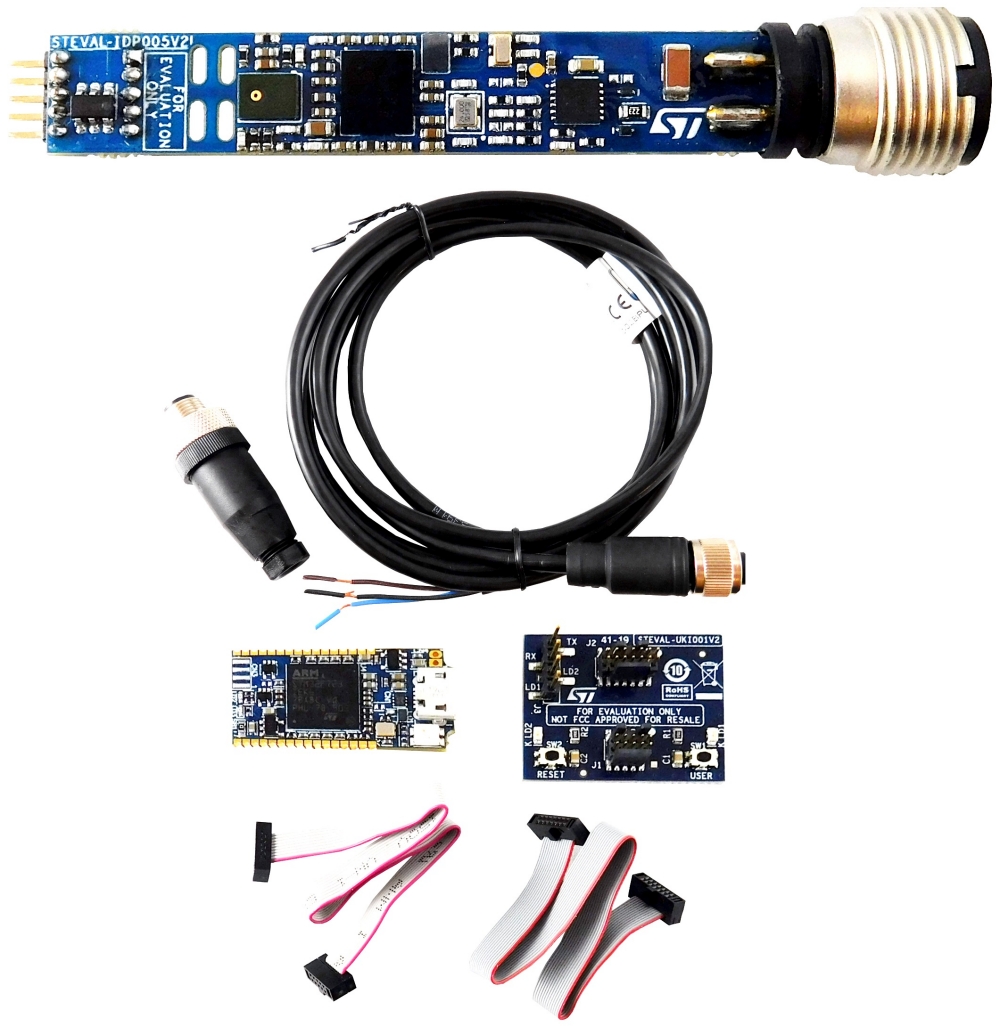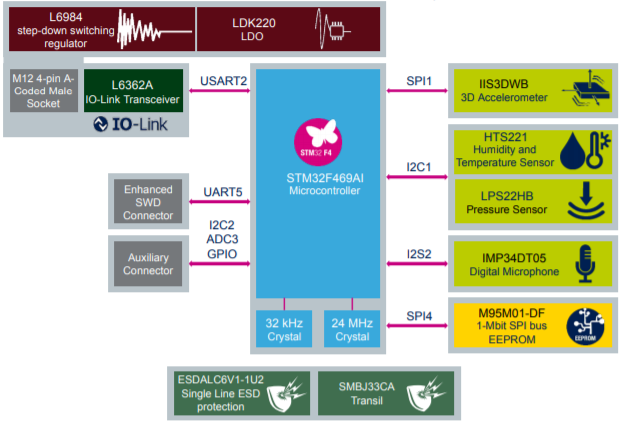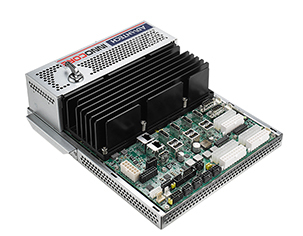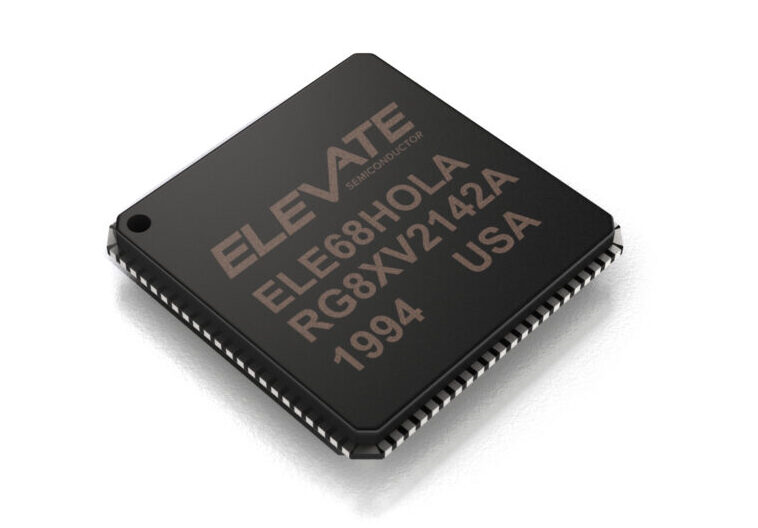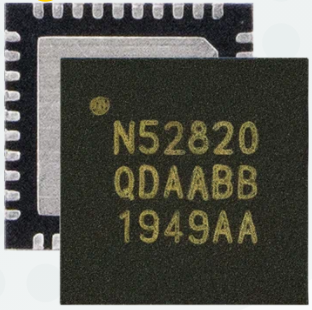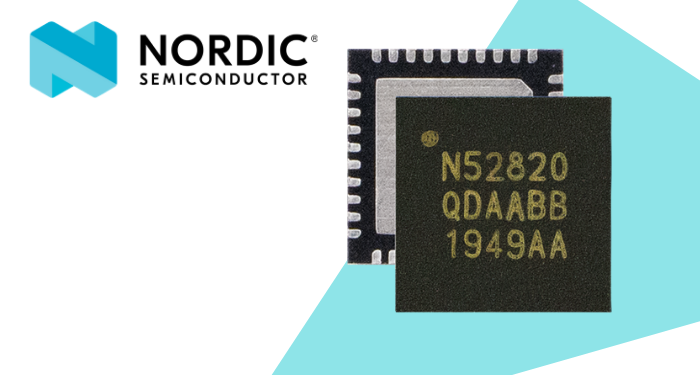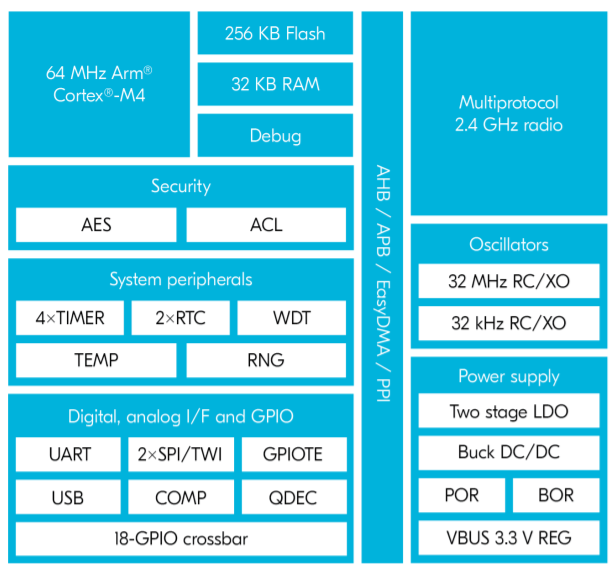VIA Technologies, Inc. today announced the launch of the VIA VAB-950 board powered by the MediaTek i500 AIoT platform. Combining high-performance AI technology for display, object recognition, and voice with rich wireless and I/O connectivity features, the board accelerates the development of groundbreaking smart devices for myriad home, commercial, industrial, and educational use cases.
“As AI moves increasingly to the edge, the demand for smart devices with powerful edge processing, computer vision, and multimedia capabilities is growing at an unprecedented rate,” commented Richard Brown, VP of International Marketing, VIA Technologies, Inc. “The VIA VAB-950 provides the fastest and most dependable path for taking advantage of this huge market opportunity by creating innovative devices that deliver unique user experiences.”
”Over the next few years, we foresee very strong demand for powerful and efficient AIoT chipsets to enable the next generation of AI voice and vision devices,” said Henry Yeh, Assistant General Manager of the AIoT Business Unit at MediaTek. “With the new VIA VAB-950 board, powered by MediaTek’s i500 AIoT chipset, brands can speed up development time and bring to market innovative, differentiated devices for a wide range of applications.”
Highlights
- Highly-integrated EPIC form factor with rich processing, wireless and I/O connectivity features
- MediaTek i500 AIoT Platform with powerful edge processing, computer vision, and multimedia capabilities
- Accelerates development of innovative Edge AI devices delivering unique user experiences
About the VIA VAB-950
The VIA VAB-950 based on an EPIC 14cm x 10cm form factor and is available for sale worldwide now. The board’s key features include:
- MediaTek i500 octa-core processor with integrated AI processor supporting high-performance edge processing, advanced multimedia capabilities, multiple high-resolution cameras, connected touchscreen displays, and multi-tasking
- Advanced wireless and network connectivity including SIM card slot for LTE/4G, dual-band 802.11ac Wi-Fi, two Fast Ethernet ports, and Bluetooth 5.0
- Rich I/O features including one USB 2.0 port, one RS232 COM port, and HDMI, MIPI DSI and MIPI CSI-2 display and camera support
- Storage including 16GB eMMC 5.1 flash memory
- EPIC 14cm x 10cm form factor
- Yocto 2.6 and Android 10 BSP
A full set of hardware and software customization services that speed up time to market and minimize development costs is also available.
Learn more about the VIA VAB-950 here: https://www.viatech.com/en/products/boards/embedded-boards/vab-950/



